In this Article
Toggle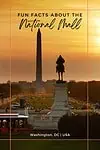
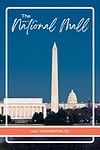
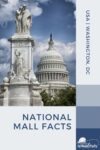
The National Mall is a large, tree-lined green space that connects the US Capitol and Lincoln Monument before ending at the Potomac River. Here are 7 fun facts about the National Mall in Washington DC.
As a kid living in the Washington DC metro area, I remember being awfully disappointed that a day at the National Mall was about historical monuments and gigantic museums rather than new clothes and a trip to the food court.
So why is it called the National Mall, confusing kids from coast to coast?
Long before you got your ears pierced at Claire’s, built a stuffed bear, or consumed your calories for the day with a single Cinnabon, a mall was a tree-lined park where people went to walk and socialize. Since public parks were commonly called malls in the 1700s, the Commissioners of the District of Columbia used the term when referring to the green space that Pierre L’Enfant created in his plans for the Federal City.
But the National Mall as we know (and love) it today didn’t start to take shape until the early 1900s. Thanks to the McMillan Plan, old-fashioned Victorian landscaping was replaced with a long stretch of green grass and railroad tracks were relocated, paving the way for world-class museums and national memorials.
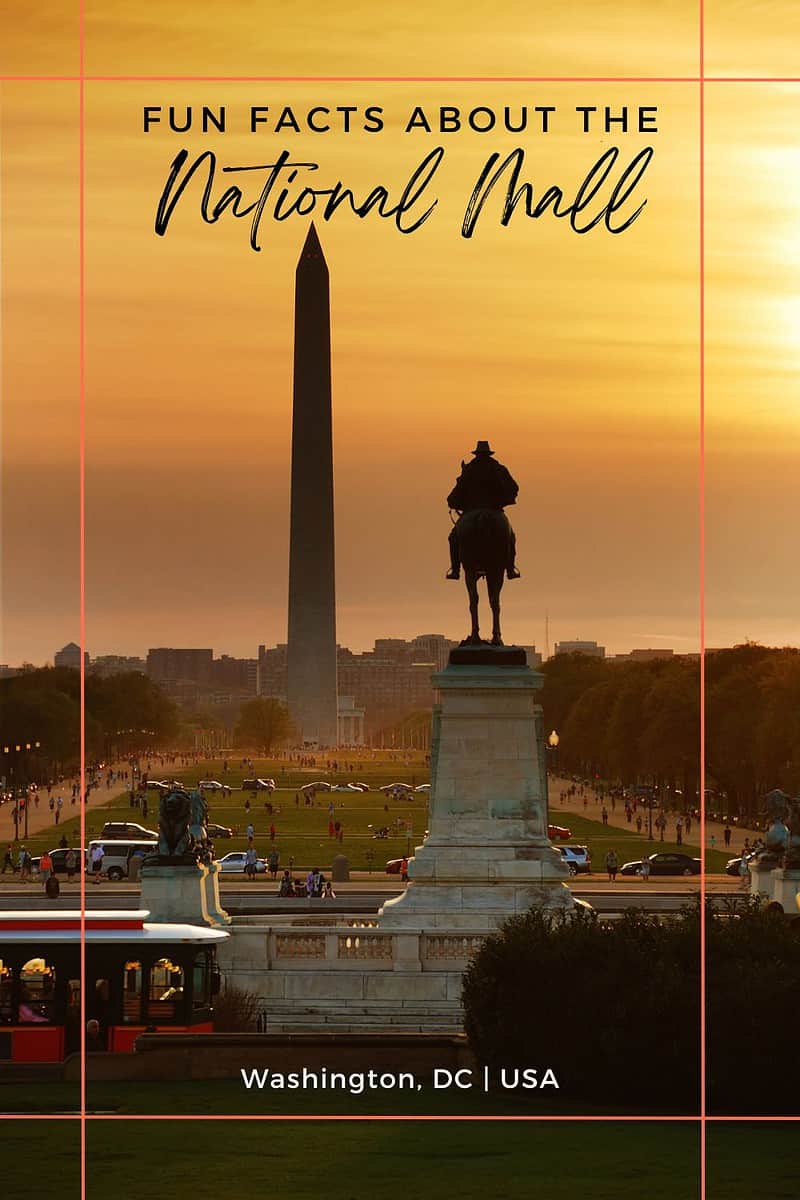
To help offset the costs of running EverydayWanderer.com, you’ll find affiliate links lightly sprinkled throughout the site. If you choose to make a purchase via one of these links, there’s no additional cost to you, but I’ll earn a teeny tiny commission. You can read all of the legal blah blah blah (as my little niece says) on the full disclosure page.
Here are 7 fun facts about the National Mall in Washington DC.
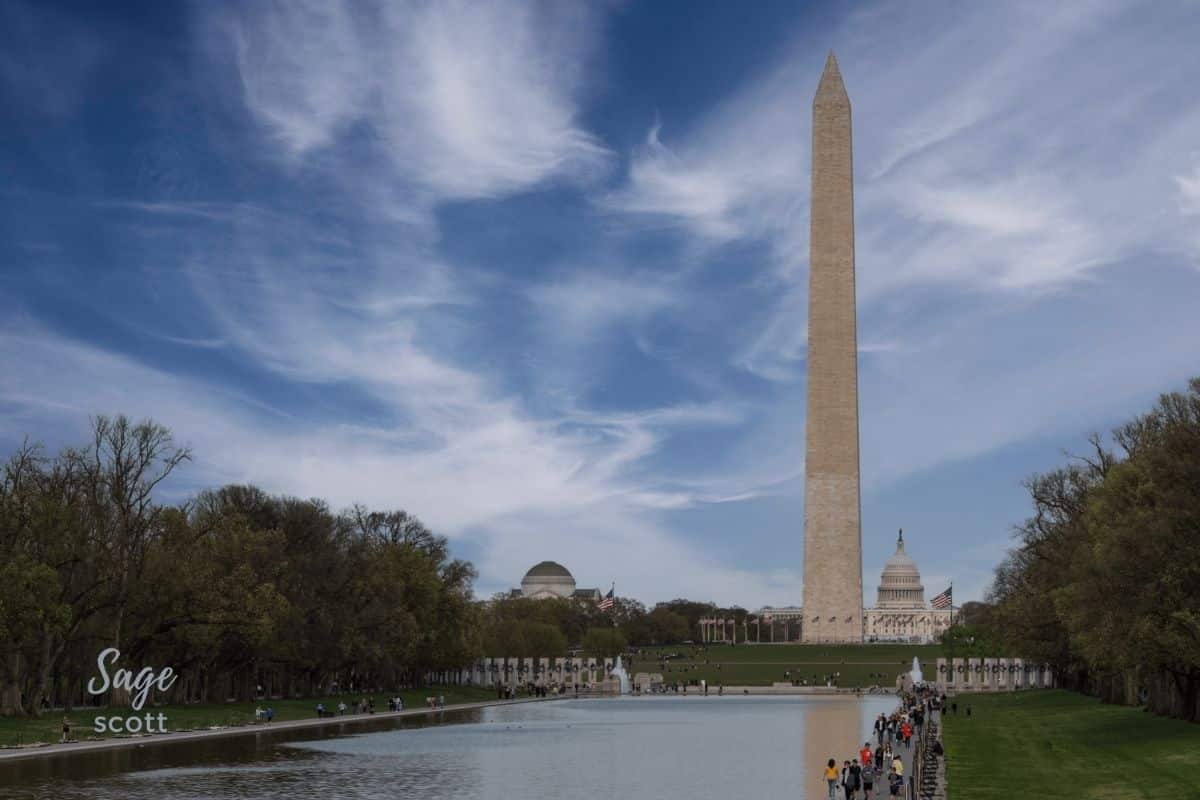
1. The National Mall in Washington Attracts a LOT of Visitors
Each year, more than 25 million people visit the National Mall. To put that number in perspective, it’s more than the number of visitors to Yellowstone, Yosemite, and Grand Canyon national parks combined!
What do visitors do at the National Mall? Popular activities include touring the Smithsonian museums, visiting the monuments and memorials, and ascending the Washington Monument for the best views of DC.
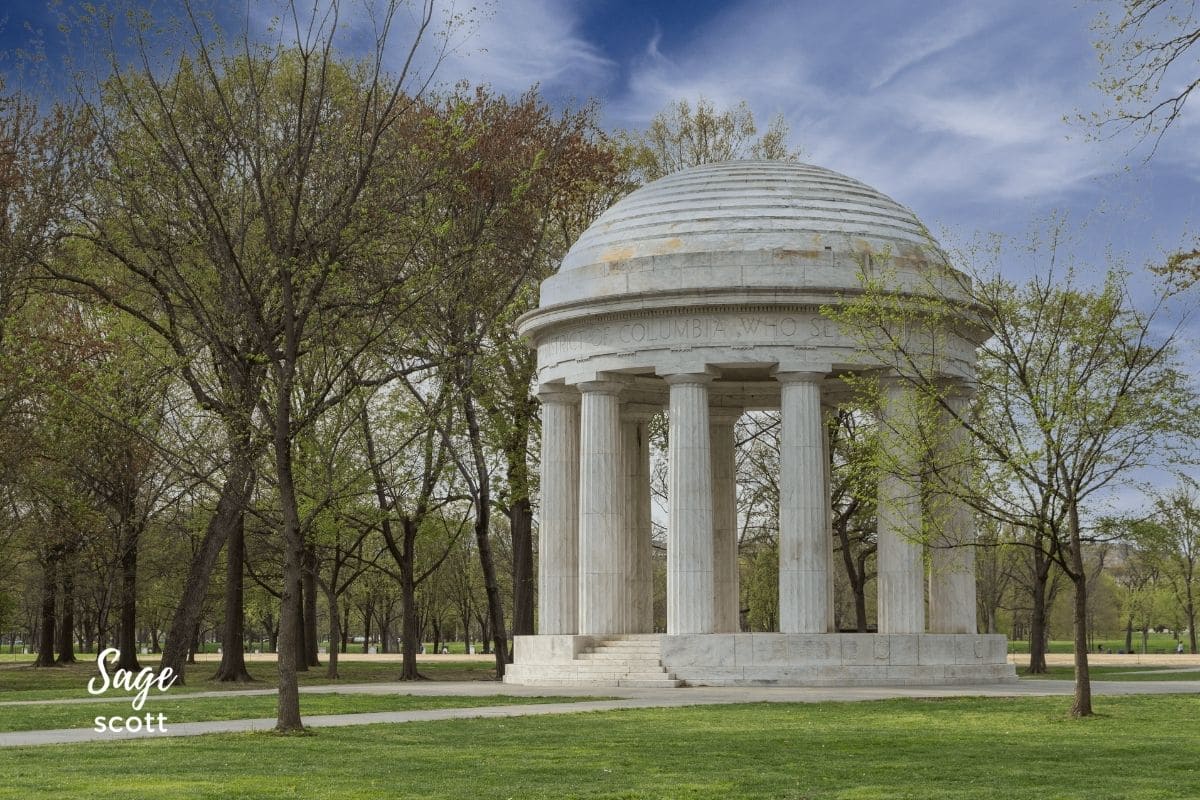
2. The National Mall Includes More Memorials Than You Might Think
You probably know the National Mall is home to the Washington, Lincoln, and World War II memorials. But did you know that there are more than 65 other monuments and memorials on the National Mall in Washington DC?
Don’t miss:
- Vietnam Women’s Memorial — the first monument on the National Mall to honor American military women
- American Veterans Disabled for Life Memorial — dedicated in October 2014 to honor disabled veterans
Dwight D. Eisenhower Memorial – the National Mall’s newest memorial dedicated to the five-star general turned president who masterminded D-Day.
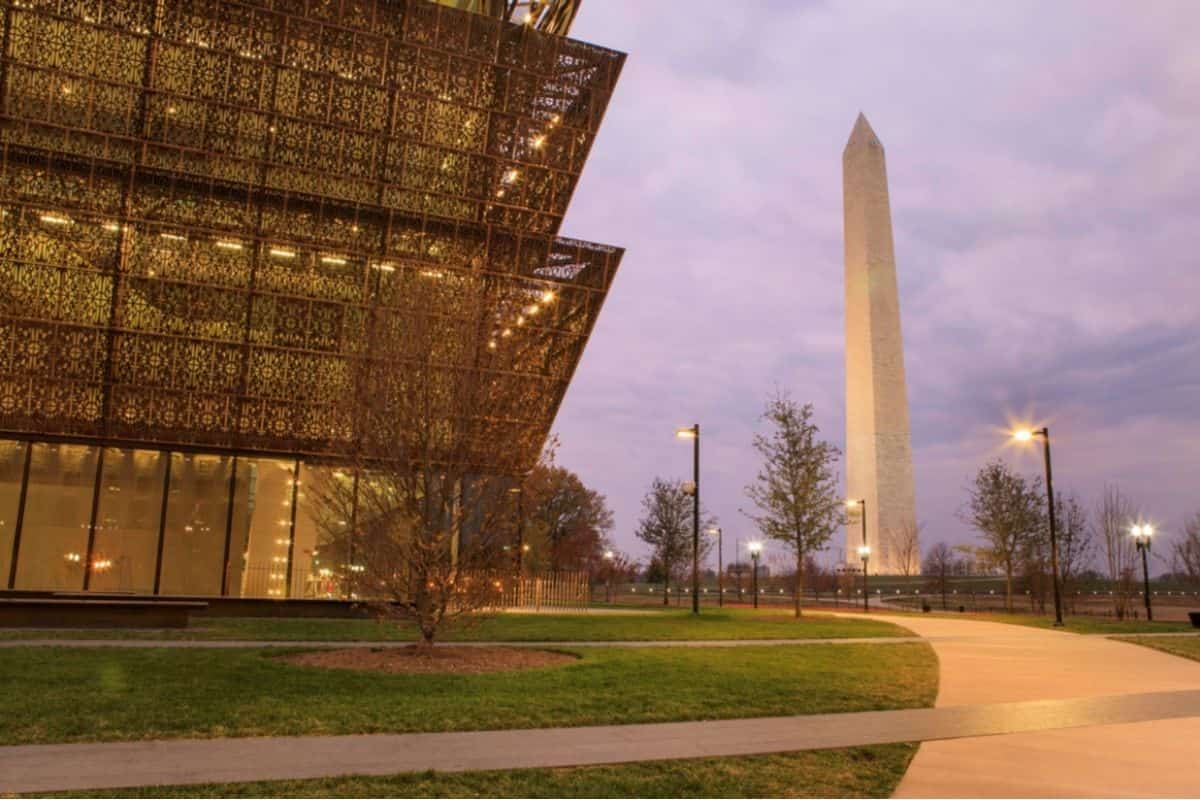
3. And is Home to Most of the Smithsonian Museums
For more than 150 years, the Smithsonian Institution’s collection of world-class museums has attracted millions of visitors from around the world. While there are other Smithsonian museums, galleries, and a zoo elsewhere in Washington DC, the majority of museums encircle the National Mall.
Exploring the Smithsonian museums on the National Mall, you’ll see:
- The tattered garrison flag that flew over Fort McHenry, inspiring Francis Scott Key to pen the Star-Spangled Banner
- The plane Charles Lindbergh piloted as the first person to fly nonstop from New York to Paris
- A fireside chat microphone used by Franklin D. Roosevelt during World War II
- The long-sleeved, shawl-collar floral print dress that Rosa Parks was stitching when she refused to give up her bus seat to a white man in Montgomery, Alabama
- A first-generation Apple Macintosh computer
- Julia Child’s kitchen from her television show, The French Chef
Sage Advice: This guide details all of the galleries and museums on the National Mall so you don’t miss anything!
4. The National Mall Is Buzzing with Activity
Delivering on its original concept, the National Mall remains a place where people can walk and socialize. More than 26 miles of pedestrian sidewalks and eight miles of bike trails wind their way through the National Mall. You’ll also find a variety of recreational fields, from volleyball courts to softball fields, at the National Mall. And, there are 47 drinking fountains on the National Mall, so it’s easy to stay hydrated as you explore or exercise.
Sage Advice: If you choose to visit the memorials by bike, be sure to dismount and walk your ride once you arrive to show your respect for the men and women being honored.
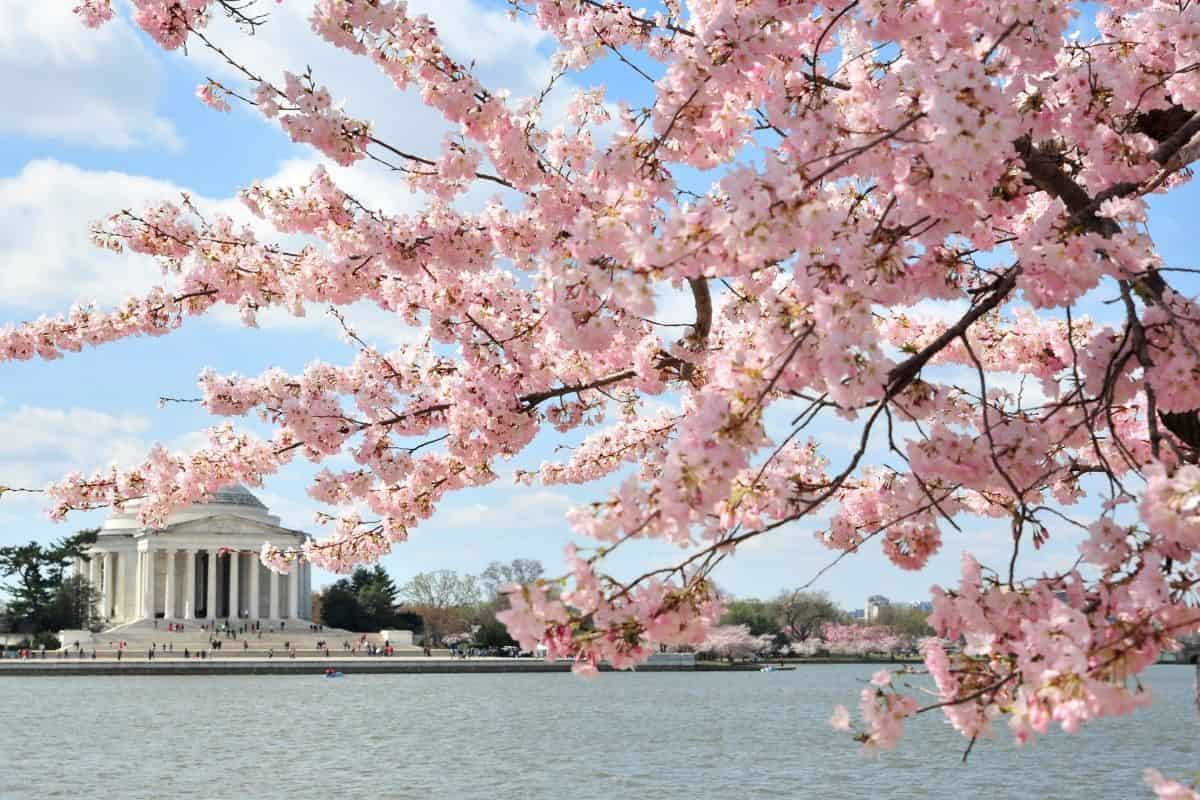
5. And the National Mall is Filled with Trees
There are more than 9,000 trees on the National Mall, including 2,300 American elms that line the length of the Mall and help frame the views between the Washington Monument and the US Capitol. But it’s the cherry trees that draw big crowds in the spring.
Most of the cherry trees in Washington DC line the shoreline of East Potomac Park, but small clusters of them add puffs of delicate pink flowers just northwest of the Lincoln Memorial and around the Washington Monument.
The trees on the National Mall do more than provide color and shade. When the National Mall was originally designed, horse manure was the main cause of transportation-related pollution. In the 21st century, 440,000 cars and trucks zip through and around the Mall each weekday. And the trees standing tall in the National Park help remove hundreds of tons of pollution from the air.
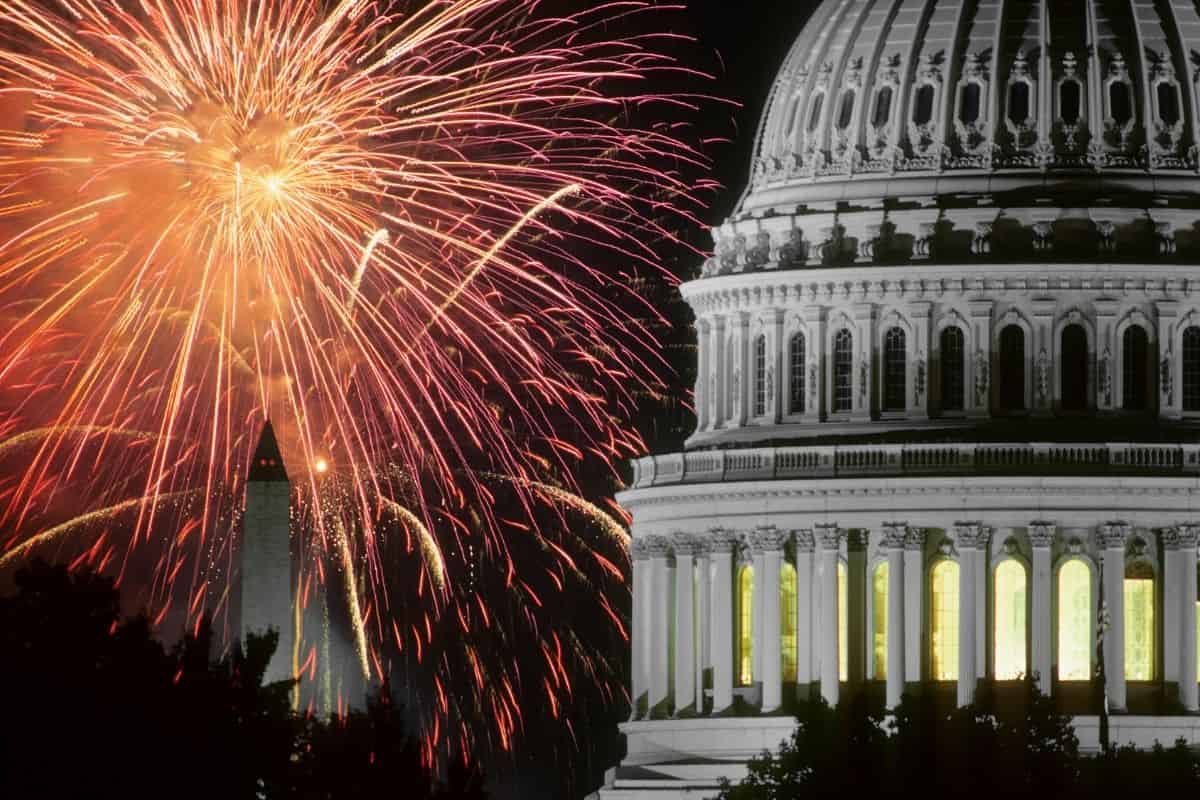
6. The National Mall is the Site of Festivals
While the National Cherry Blossom Festival may be the most famous annual festival on the National Mall, it’s not the only one. Colorful kites dot the skies above the National Mall during the Blossom Kite Festival and parades and performances celebrate the nation’s birthday on the Fourth of July.
Related Article: 11 Fantastic Spots for Viewing DC Cherry Blossoms
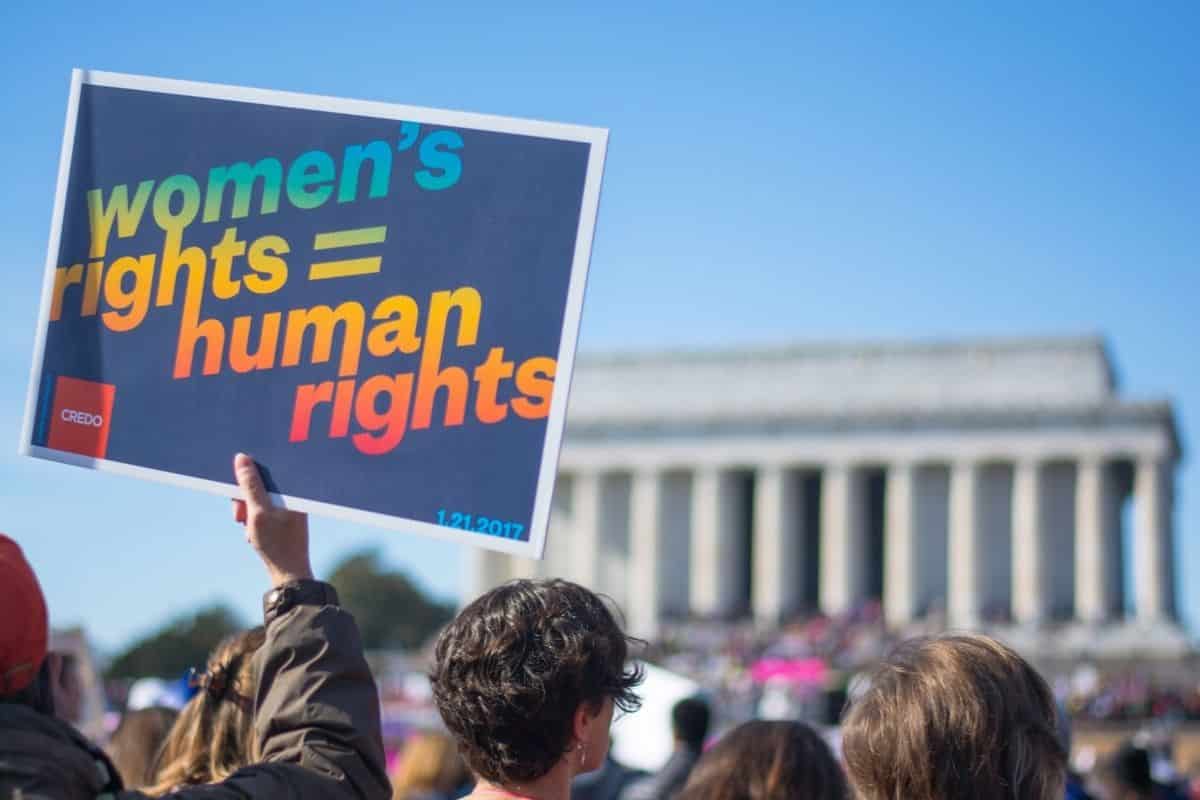
7. And Many Historical Protests
From suffragettes to civil rights, the National Mall has been used for protests since the late 1800s. You may know that Martin Luther King, Jr’s “I Have a Dream” speech was delivered from the steps of the Lincoln Memorial on the National Mall, but did you know about these other historical protests?
- March 1913 – More than 5,000 women (and a few men) marched down Pennsylvania Avenue demanding equal voting rights
- October 1943 – As World War II raged in Europe and millions of Jews were being killed in concentration camps, 400 rabbis asked the United States to take action
- May 1957 – Known as the Prayer Pilgrimage for Freedom, 25,000 people gathered on the mall urging the Eisenhower Administration to force states to comply with the Brown v. Board of Education decision to desegregate public schools. At the time, it was the largest civil rights demonstration in US history.
Frequently Asked Questions About the National Mall in Washington DC
What is the National Mall?
The National Mall is a landscaped park that stretches over two miles from the US Capitol to the Lincoln Memorial in the heart of Washington DC.
Why is it called the National Mall?
In the late 1700s, a mall was a tree-lined greenspace where people went to walk and socialize. So when a large public park was included in Pierre L’Enfant’s original designs for the district, it was referred to by the common name of the time.
How long is the National Mall?
The Mall is about two miles long and 0.3 miles wide. It’s anchored by the US Capitol on the east and the Lincoln Memorial on the west. Constitution Avenue marks the northern boundary, and Independence Avenue marks the southern.
What monuments are on the National Mall?
The National Mall and Memorial Parks include more than 100 unique monuments and memorials. The most renowned monuments and memorials on the Mall include the Washington Monument, Lincoln Memorial, Jefferson Memorial, Roosevelt Memorial, Korean War Veterans Memorial, Vietnam Veterans Memorial, King Memorial, and World War II Memorial.
What museums are on the National Mall?
In addition to several Smithsonian galleries and museums on the National Mall — like the National Air & Space, Natural History, and American History museums — you’ll also find the United States Holocaust Memorial Museum on the National Mall in Washington DC.
How far is the White House from the National Mall?
The White House is located directly north of the Washington Monument. It’s about a 15-minute, 0.6-mile walk from the White House at 1600 Pennsylvania Avenue to this part of the National Mall.
What kind of trees line the National Mall?
American elms line the National Mall, and Japanese Yoshino cherry trees line the Tidal Basin.
Is the National Mall open at night?
Yes, the National Mall is open 24 hours a day. And, viewing the monuments by moonlight is especially awe-inspiring.
While Washington DC is a big city and you should always be aware of your surroundings, there are almost always people on the National Mall, and I’ve never felt unsafe visiting at night.
What are the best places to stay near the National Mall in Washington DC?
Foggy Bottom, Penn Quarter, and Capitol Hill are all good neighborhoods to stay in for easy access to the National Mall. This detailed guide can help you find the best places to stay in Washington, DC, based on your itinerary.
To Visit the National Mall in DC
Anchored by the US Capitol on the east and the Lincoln Memorial on the west, the National Mall lies predominantly between Constitution Ave NW and Independence Ave SW.
The Mall is open 24 hours a day and is generally safe to visit at night.
Because parking is difficult in the District of Columbia, it’s best to visit the National Mall via public transportation.
Have You Visited the National Mall in Washington DC?
What did you do and see at the National Mall? What did you enjoy most? Any additional tips and tricks to pass along? Share your experiences in the comments section below.
Looking for more information to plan your Washington DC vacation? Check out my additional recommendations to help you plan your trip to Washington, DC, including what to see and do in Washington DC, the best places to stay in Washington DC, where to eat in Washington DC, and more!
Ready to Go?
Use These Helpful Links to Book Your Trip!
- Find low fares with airfarewatchdog and Skyscanner
- Book your plane ticket with Expedia or Kayak
- Or take the scenic route on an epic road trip in a rental car or an RV from Outdoorsy
- From hotels to private homes, find the perfect accommodation with Hotels.com or Vrbo
- Travel in style with a suitcase, carry-on, backpack, or handbag from eBags
- Save on tickets to attractions, sightseeing tours, and more with CityPASS, Tiqets, and Viator
- Don’t leave home without travel insurance from AXA
- Discover the sights, history, and culture of your destination with an interactive scavenger hunt
- Need something else to plan your perfect trip? Visit my travel resources page for more trusted partners. Happy wandering!
Sage Scott
Thank you for sharing!

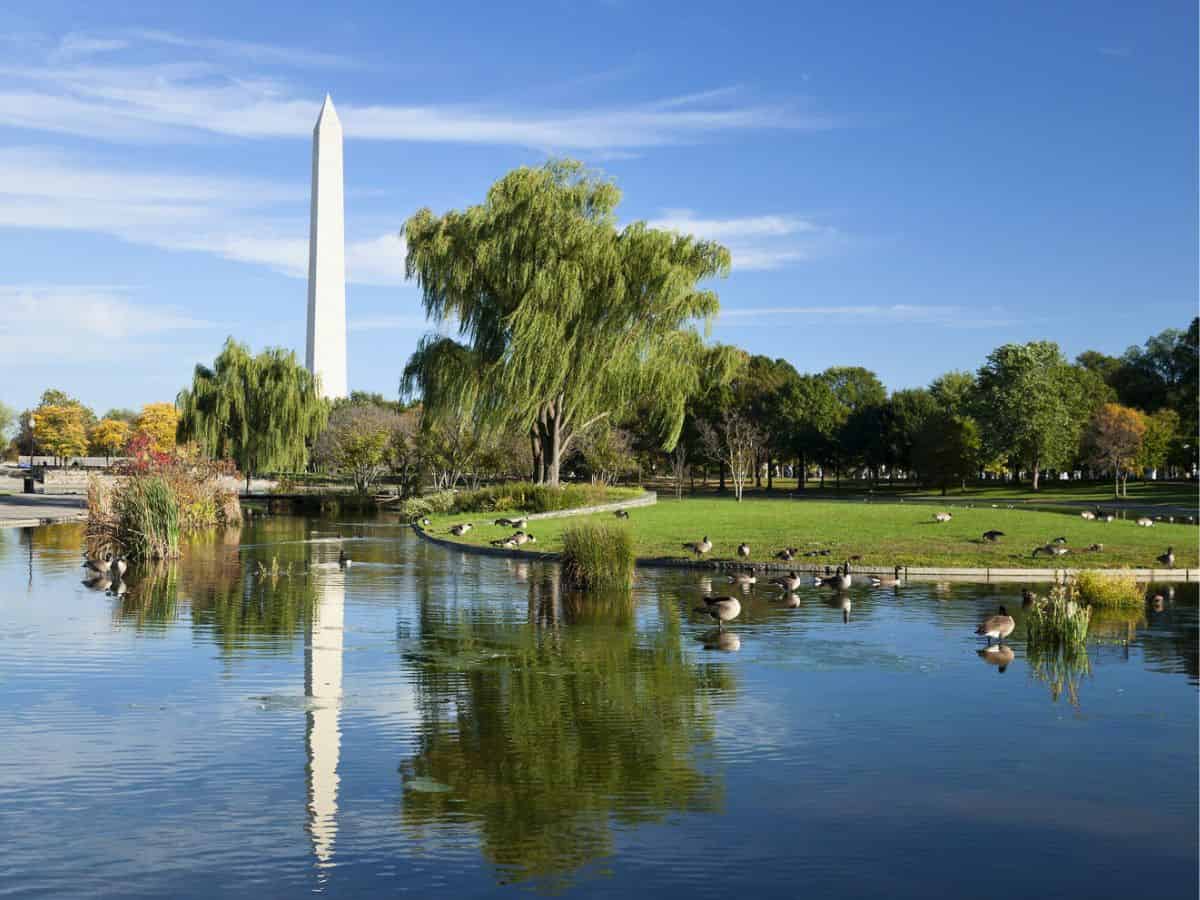

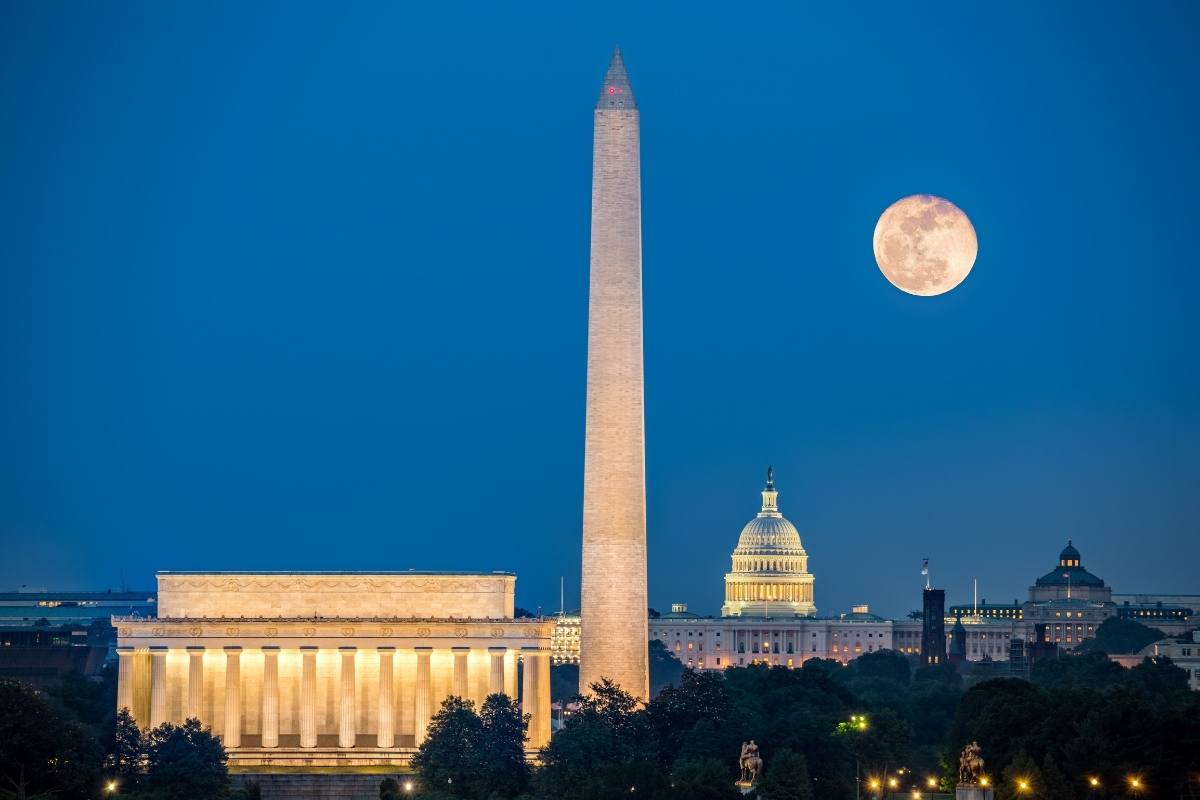

I’ve only been here once when I visited a friend and we had a wonderful time walking around. I’d love to go again and check out the whole place, especially the Smithsonian galleries!
Oh, you’ll definitely have to go back!